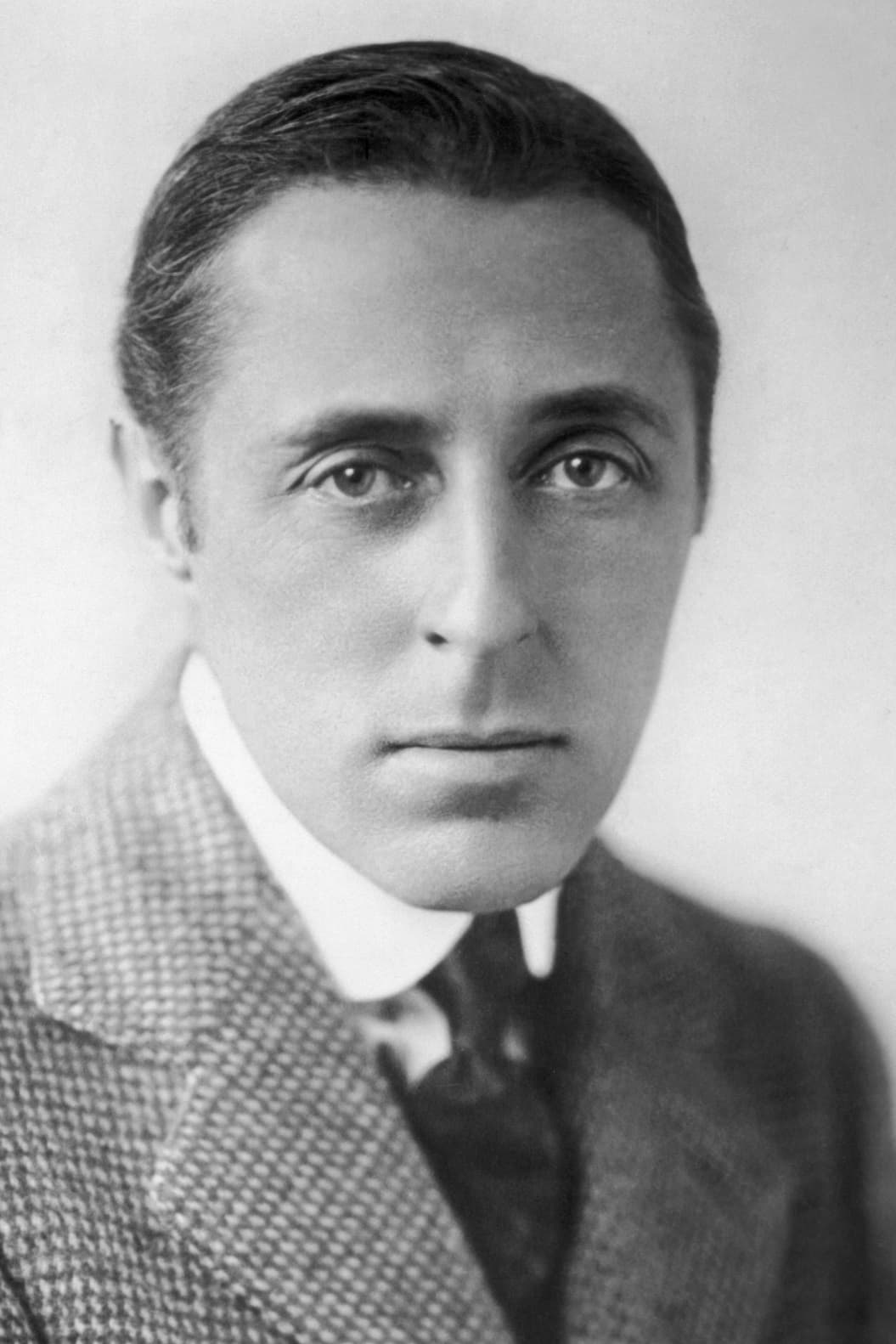
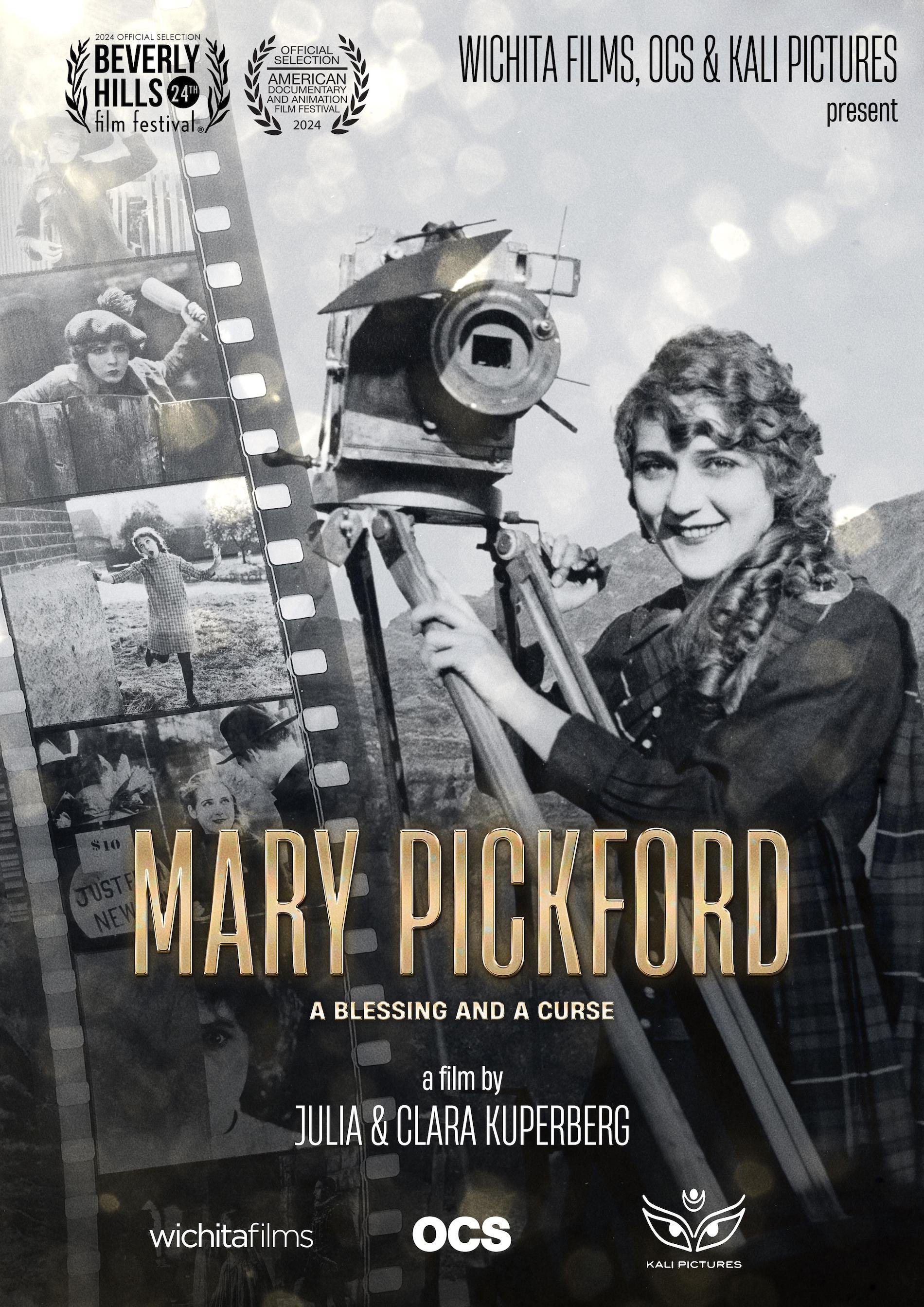
Mary Pickford's name remains inseparable from the legend of American cinema. She invented the star system at the beginning of the 20th century, and was the biggest star ever known, not just in Hollywood, but worldwide, at a time when actors didn't even have their names on movie posters. She was more than a pioneer, she was a jack-of-all-trades: world-famous star, producer and formidable businesswoman, screenwriter and director in the shadows, studio boss, Mary Pickford alone embodied the entire legend of cinema and the advent of women in that particular era.
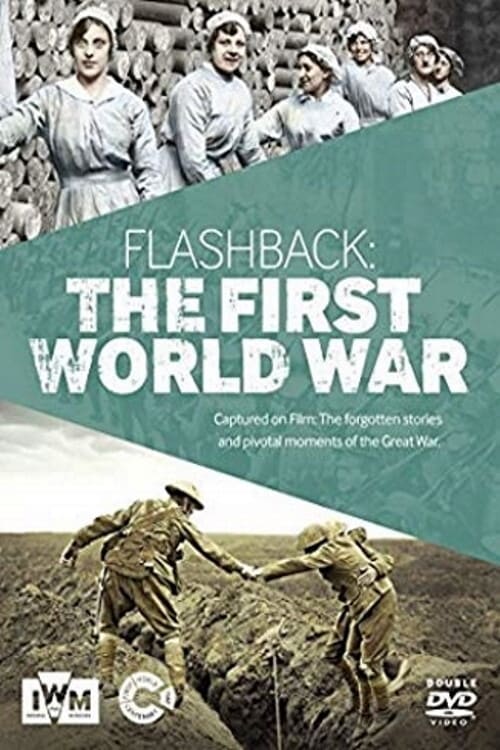
A collection of 2 minute documentaries that tell not only the historical facts of WW1, but also the stories of those most involved and others greatly affected by the day to day events. The deadly serious to more light-hearted, this has it all compiled from the vast resources of the Imperial War Museum.
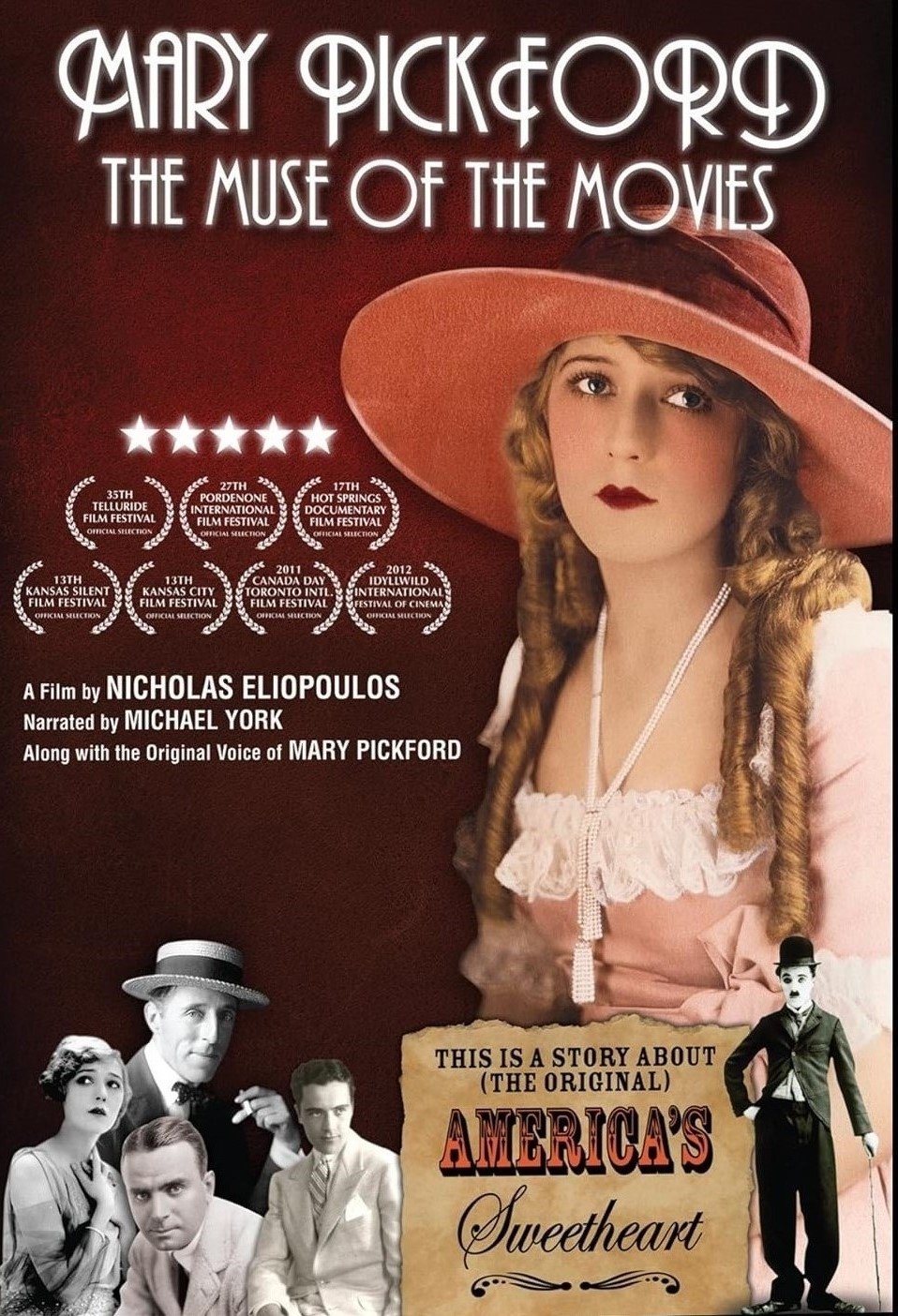
This documentary traces the life and work of the legendary "America's Sweetheart" Mary Pickford, silent film star, movie pioneer and keen businesswoman. Pickford's life also parallels an even larger story, telling of the birth of the cinema itself.
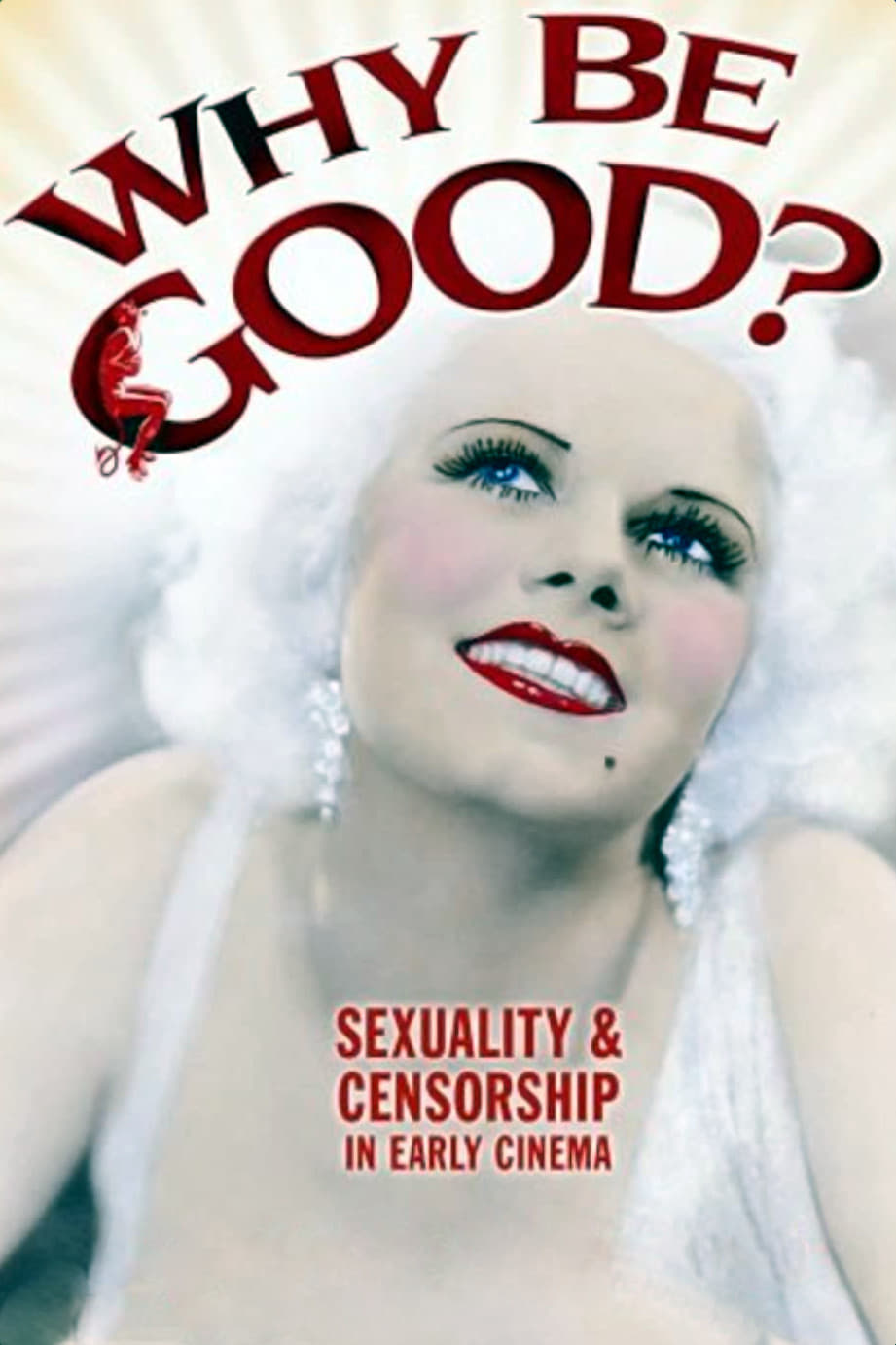
Before the G, PG and R ratings system there was the Production Code, and before that there was, well, nothing. This eye-opening documentary examines the rampant sexuality of early Hollywood through movie clips and reminiscences by stars of the era. Gloria Swanson, Mary Pickford, Marlene Dietrich and others relate tales of the artistic freedom that led to the draconian Production Code, which governed content from 1934 to 1968. Diane Lane narrates.
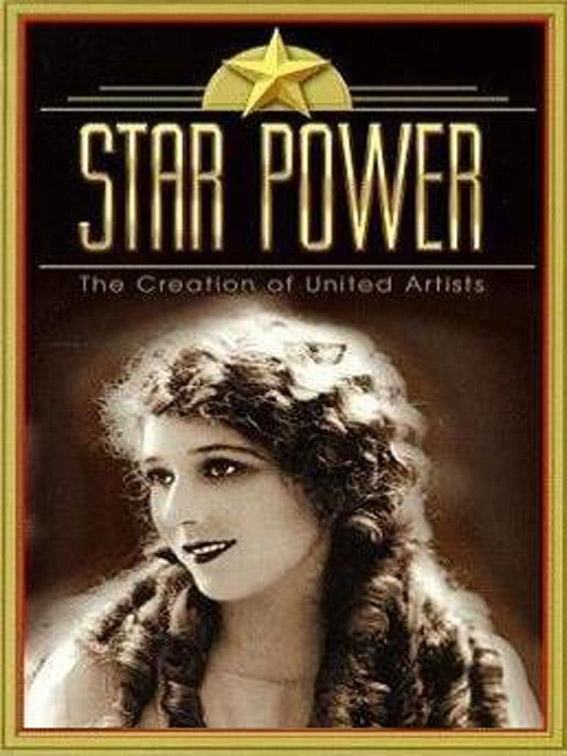
The careers of D.W. Griffith, Mary Pickford, Douglas Fairbanks, and Charlie Chaplin are chronicled culminating in the formation of United Artists and 1919.
David Llewelyn Wark Griffith was a premier pioneering American film director. He is best known as the director of the controversial and groundbreaking 1915 film The Birth of a Nation and the subsequent film Intolerance (1916). Griffith's film The Birth of a Nation made pioneering use of advanced camera and narrative techniques, and its immense popularity set the stage for the dominance of the feature-length film. It also proved extremely controversial at the time and ever since for its negative depiction of Black Americans and their supporters, and its positive portrayal of slavery and the Ku Klux Klan. Griffith responded to his critics with his next film, Intolerance, intended to show the dangers of prejudiced thought and behavior. The film was not the financial success that its predecessor had been, but was received warmly by critics. Several of his later films were also successful, but high production, promotional, and roadshow costs often made his ventures commercial failures. Even so, he is generally considered one of the most important figures of early cinema.
By browsing this website, you accept our cookies policy.